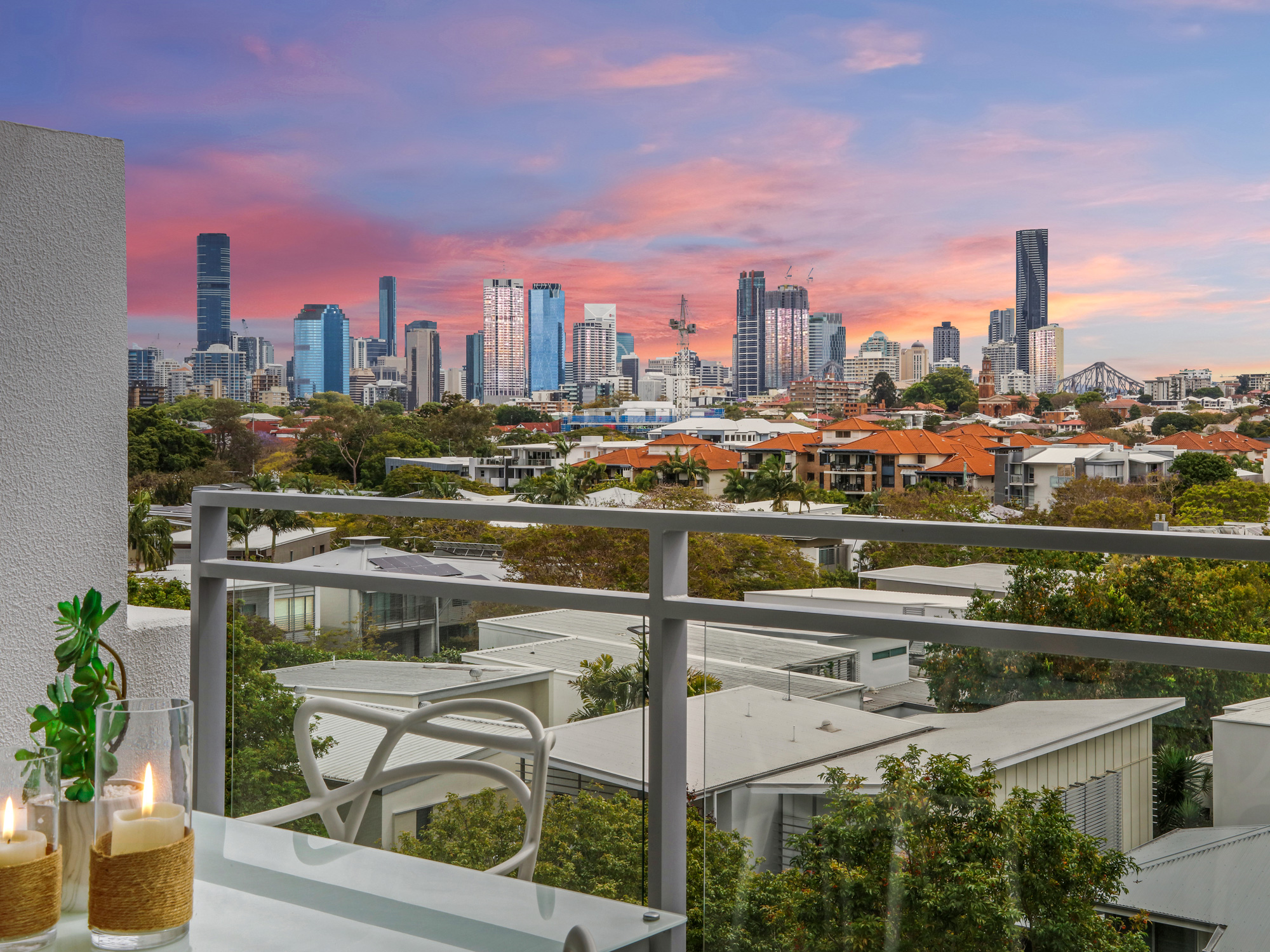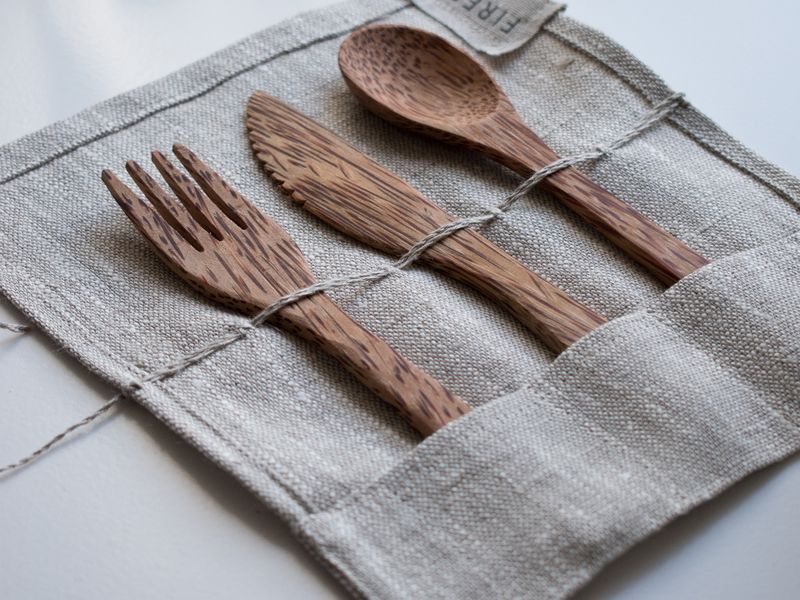Southeast Queensland in high demand
THE OLYMPIC SPRINT BEGINS
In southeast Queensland, prices are still growing at a rapid rate, supported by better affordability and strong demand from interstate migrants. It’s likely that the Brisbane, Gold Coast and Sunshine Coast markets will remain popular for some time to come. While the region is set to benefit from interstate demand, another positive factor will be the infrastructure spending in the run up to the 2032 Olympic Games. As the Games approach, a pipeline of infrastructure investment, transport upgrades and job creation will continue to drive property demand – a positive factor for those regions.
The allure of affordability, lifestyle, and the increased investment in the lead up to the event are drivers for ongoing real estate investment in Queensland in the year ahead.
RBA keeps interest rates on hold as Ukraine war fuels inflation
The official interest rate will remain at its record low of 0.1% where it has been since November 2020.
Most economists expect that it will start to rise later this year or early 2023 in response to rising inflation, which is likely to be fuelled by the Russian invasion of Ukraine.
The direct effects on Australia are likely to be pretty small and felt only through the price of oil and gas, which will all rise. The Reserve Bank Chief Economist stated, The bank won’t be doing anything in the next three to six months and by then, hopefully the situation will have settled down a bit and everything will be a bit clearer.
If you’re interested in refinancing experts say it’s a good time to check you’re getting the best deals. For investor lending the market has picked up significantly in 2021. In the most recent data, just over 30% of new lending was to investors. This is low compared to recent history, and investors mostly stayed on the sidelines during the COVID-19 boom in housing prices, due to a combination of weak rental demand and rent growth in investor-favoured regions and general uncertainty about economic conditions. Lenders have already responded to the pickup in investors, with increased competition pushing down investor interest rates to their lowest level relative to owner-occupier rates in recent years.
What’s in store for the housing market in 2022?
Strong demand, a constrained supply of properties for sale, and record-low interest rates combined to make a perfect storm for house price growth in 2021. But the real driving force was the ongoing reassessment of lifestyle wants and housing needs by Australians, which when combined with the cheap cost of borrowing, allowed many to afford large mortgages and bigger budgets.
Units to make a comeback?
Immigration and international students return driving demand for units. The reopening of international borders and subsequent return of skilled migrant workers and international students is likely to see increased demand for inner-city rentals.
Rents in regional areas have surged while largely remaining flat or declining in inner-city locations due to pandemic-induced preference shifts. Almost two years after COVID-19 lockdowns first emptied city apartments, demand could be set to recover as life returns to CBDs.
Commutable regional markets
Still getting out of town. The desire for lifestyle locations close to the beach was a key feature of the property market in 2021. The remote work boom helped supercharge values in sea and tree change locations, as no longer being tied to the office meant greater choice in terms of where people could live.
For many, working from home remains the norm in 2022. The market expects demand for coastal, regional and beachside suburbs to remain high this year.
So all up, though not a match for 2021’s historic year, 2022 is still expected to be a strong year for housing.
Excerpts from realestate.com.au and domain.com.au.
PropTrack Market outlook



